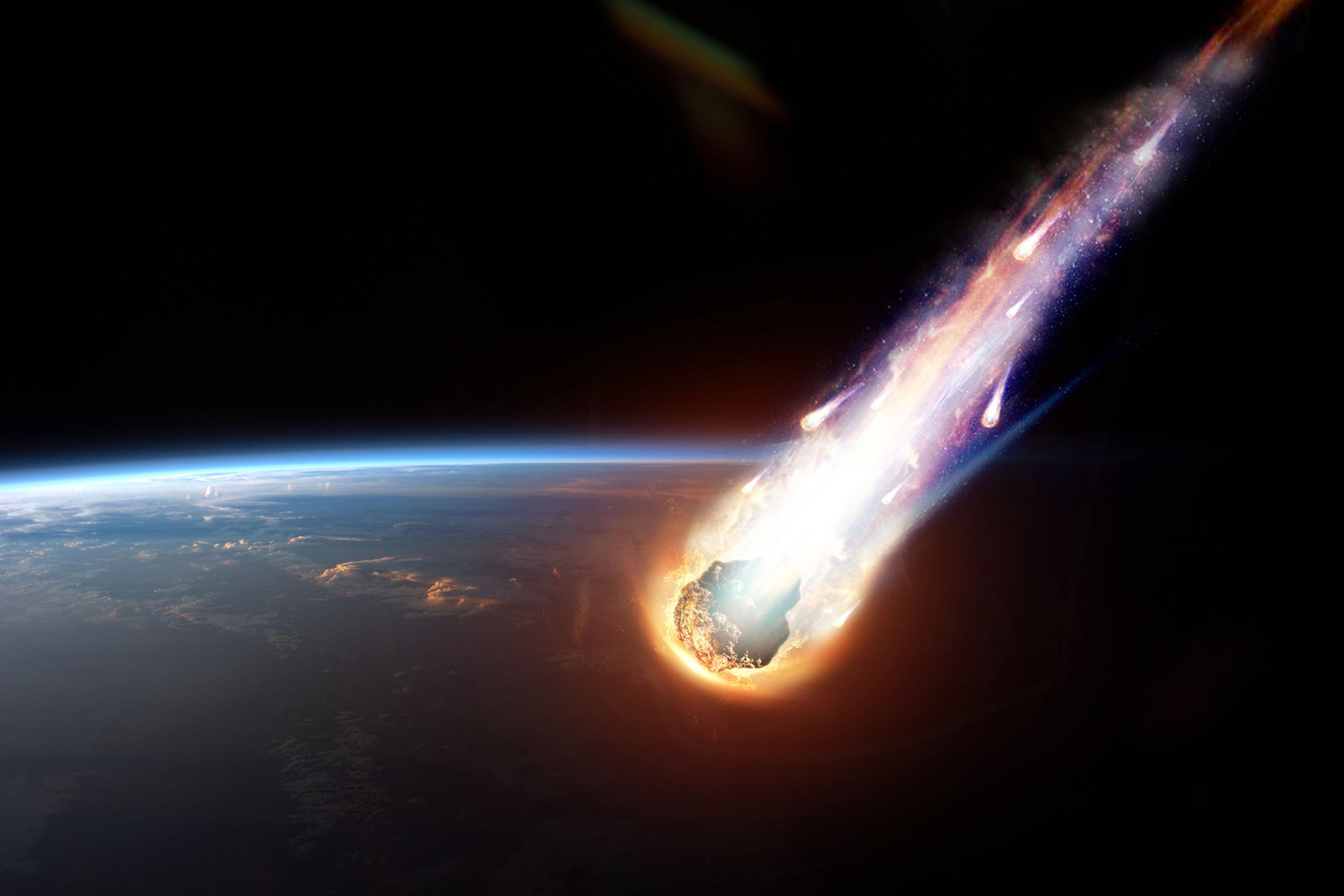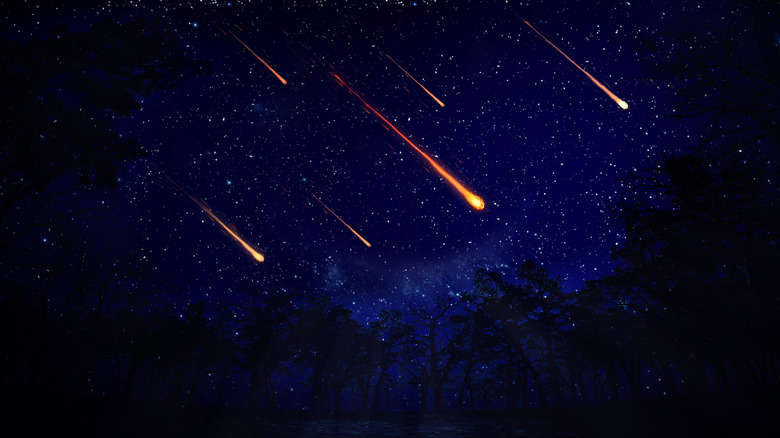Scientists Found The Meteorite That Exploded Into A Fireball Over Texas
Earlier this month, a meteorite exploded over Texas. According to a statement from NASA's Johnson Space Center, the meteorite is estimated to have measured two feet in diameter and weighed roughly 1,000 pounds before it entered out atmosphere.
The meteorite, which was seen as a fireball over McAllen, Texas on February 15, was searched for after locals in the area reported what sounded like an explosion. Scientists say that the explosion would have had the force of eight tons of TNT when it happened. The Texas meteorite was traveling at around 27,000 mph when it exploded at an altitude of 21 miles.

An explosion of that force is especially notable because even the largest non-nuclear warhead that the United States military has ever used only had the force of 11 tons of TNT. While most meteorites burn up before their fragments reach the surface, the Texas meteor is believed to have produced several meteorites. Meteorite hunter Robert Ward discovered one of those fragments near El Sauz, Texas.
This was the third large meteor event in three days when it hit, as a three-foot (one-meter) asteroid lit up the skies over France and England on February 13. Another fireball was also recorded over Italy on February 14. While the Texas meteorite most likely cooled quickly, and doesn't pose a risk to humans, NASA has asked anyone that finds fragments to report them to the Smithsonian Institute.
The Smithsonian maintains the national collection of meteorites, allowing scientists to inspect and even study the meteor fragments to give us insight into the cosmos that away us beyond our own atmosphere. If nothing else, finding fragments of the Texas meteor could help bring some closure to the people of McAllen, Texas, where the meteorite's explosion disrupted their normal day to day living.
